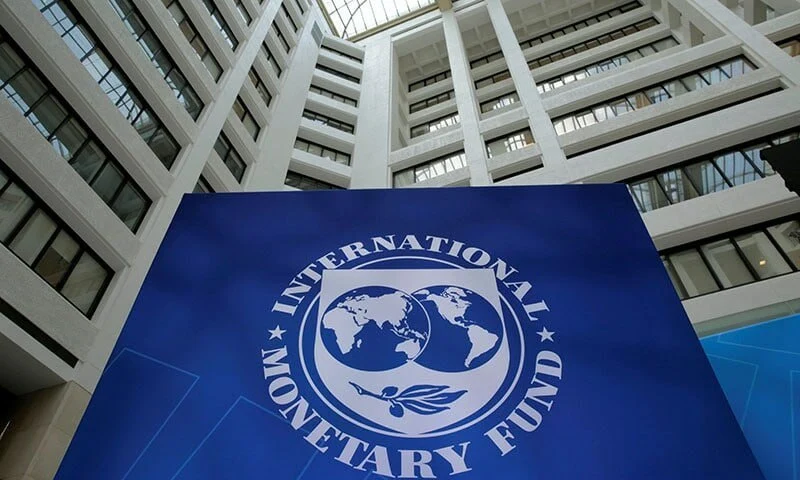 Ethiopia has embarked on a daring economic journey, supported by a $3.4 billion Extended Credit Facility from the International Monetary Fund. The four-year program, initiated in July 2024, aims to reshape Ethiopia’s economic landscape. At its core lies the adoption of a market-determined exchange rate, ending years of strict government control.
Ethiopia has embarked on a daring economic journey, supported by a $3.4 billion Extended Credit Facility from the International Monetary Fund. The four-year program, initiated in July 2024, aims to reshape Ethiopia’s economic landscape. At its core lies the adoption of a market-determined exchange rate, ending years of strict government control.
The National bank of Ethiopia allowed the birr to float freely on July 29, 2024. This decision led to an immediate 30% devaluation against major foreign currencies. the move marks a significant shift in Ethiopia’s economic policy, addressing long-standing macroeconomic imbalances.
Alongside the exchange rate reform, Ethiopia is implementing other crucial changes. These include transitioning to an interest rate-based monetary policy and eliminating monetary financing of government deficits.

The country also plans to enhance banking efficiency and competition while strengthening state-owned enterprises. the IMF’s support forms part of a larger $10.7 billion financing package. This package includes contributions from the World Bank and other creditors. IMF has already released an initial disbursement of $1 billion. A further $345 million awaits approval from the IMF Executive Board.
Early results of the reforms show promise, but challenges remain. The official exchange rate has largely converged with the parallel market rate. this convergence addresses a long-standing economic distortion that hampered growth and investment. Foreign currency shortages, a major obstacle to economic activity, are beginning to ease.
However, concerns about increased inflationary pressures loom large. These pressures particularly affect the urban poor and low-wage workers. Some sectors, such as real estate and imports, have already raised prices by around 30%. This increase reflects the new exchange rate reality.
Ethiopia’s reforms aim to achieve several long-term goals. These include strengthening macroeconomic stability and improving foreign exchange availability.
The government also hopes to support sustainable economic growth and attract foreign direct investment. Boosting the competitiveness of Ethiopian exports is another key objective.
The country’s reform journey can be compared to similar experiences in other African nations. Ghana faced prolonged economic instability and inflation following currency devaluation.
Zambia initially experienced inflationary pressures but saw improved foreign exchange availability over time. These experiences highlight the importance of maintaining strong foreign exchange reserves.
Coordinating monetary and fiscal policies effectively is also crucial. Managing market expectations plays a significant role in the success of such reforms.
The success of Ethiopia’s economic overhaul depends on several factors. Consistent implementation of reforms is crucial. Careful management of inflationary pressures will be necessary. The government must also cushion vulnerable populations from potential negative impacts.

